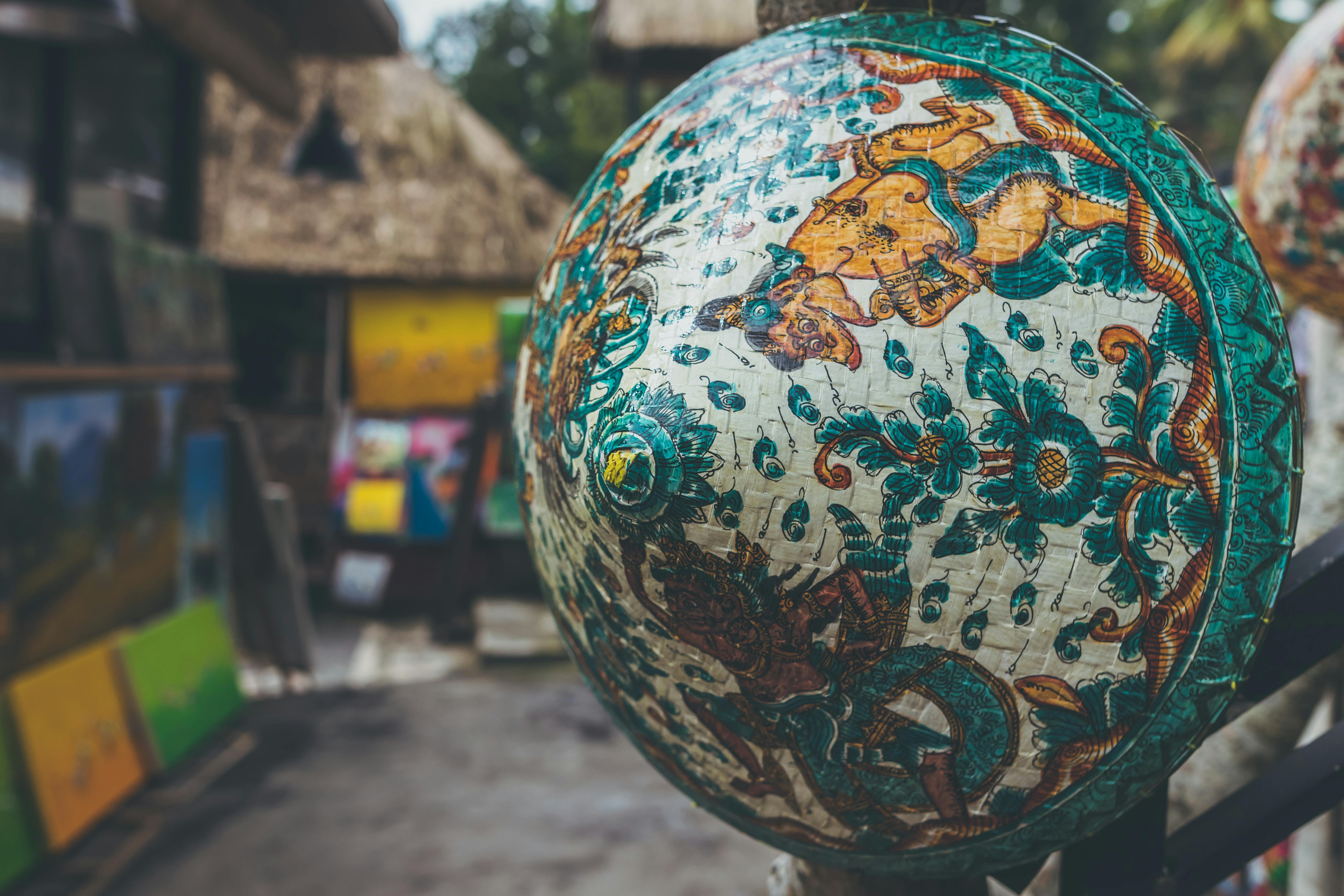The growth in demand for Geographic Information System (GSI) technology has led to the popularity of digital orthophotography which has provided an accurate way to build a GSI database. Whether you have photogrammetric skills or want complete digital orthophotography services, understanding the advantages and disadvantages of digital orthophotography is critical.
The main reason the growth of the technique has become significantly popular is that most programs can incorporate the image, making digital orthophotos GSI-compatible.
An orthophoto is a very cost effective mapping tool compared to conventional line mapping. With this technique, you can form an excellent base for GSI inexpensively. This is possible because the image features are accurately measured. The map production speed is also high.
There are optional ways to store the image output when using this technique. The image can be stored in analog or digital form depending on the desired form.
There is no image generalization as in the case of the conventional vector map! The viewer of the image can see what is represented in the image. On a conventional vector map, the information is usually not complete because it only conveys a generalization by the cartographer about what the map should contain. It can also be used effectively when evaluating the accuracy of a map.
Orthophoto images use a broader electromagnetic spectrum. This can be used for specialized purposes, such as emphasizing images on the ground when using infrared or filtered images.
The orthophoto is a very reliable medium that can be used in mapping areas that are inaccessible. Stereomatos can be created to view them from the orthophoto. The technology has also been used as a perfect tool to assess any type of change in an area.
Since orthophotography is only a tool, it is important that the user community understand that it is not applicable in all situations. It comes with some disadvantages:
Although features can be rendered on the image, it still needs interpretation by the user to highlight missing features, such as identifying specific features. For example, it may be difficult for the viewer to distinguish between commercial buildings and residential buildings; instead, see only buildings.
There are also hidden areas where there appears to be no data output. The data shown in the image counts only for the data that is on the ground and this can sometimes be hidden.
The absence of spatial analysis capabilities is also another big downfall. For example, a user community can identify a line within a vector map and, of course, an attribute table can be displayed. This is not the case in orthophotography, if you click on the same feature; in a raster image, only one screen of pixels will be displayed.
Note that since image resolution is partially influenced by pixel size, increasing your computer’s resolution to finer levels will definitely increase image size.



